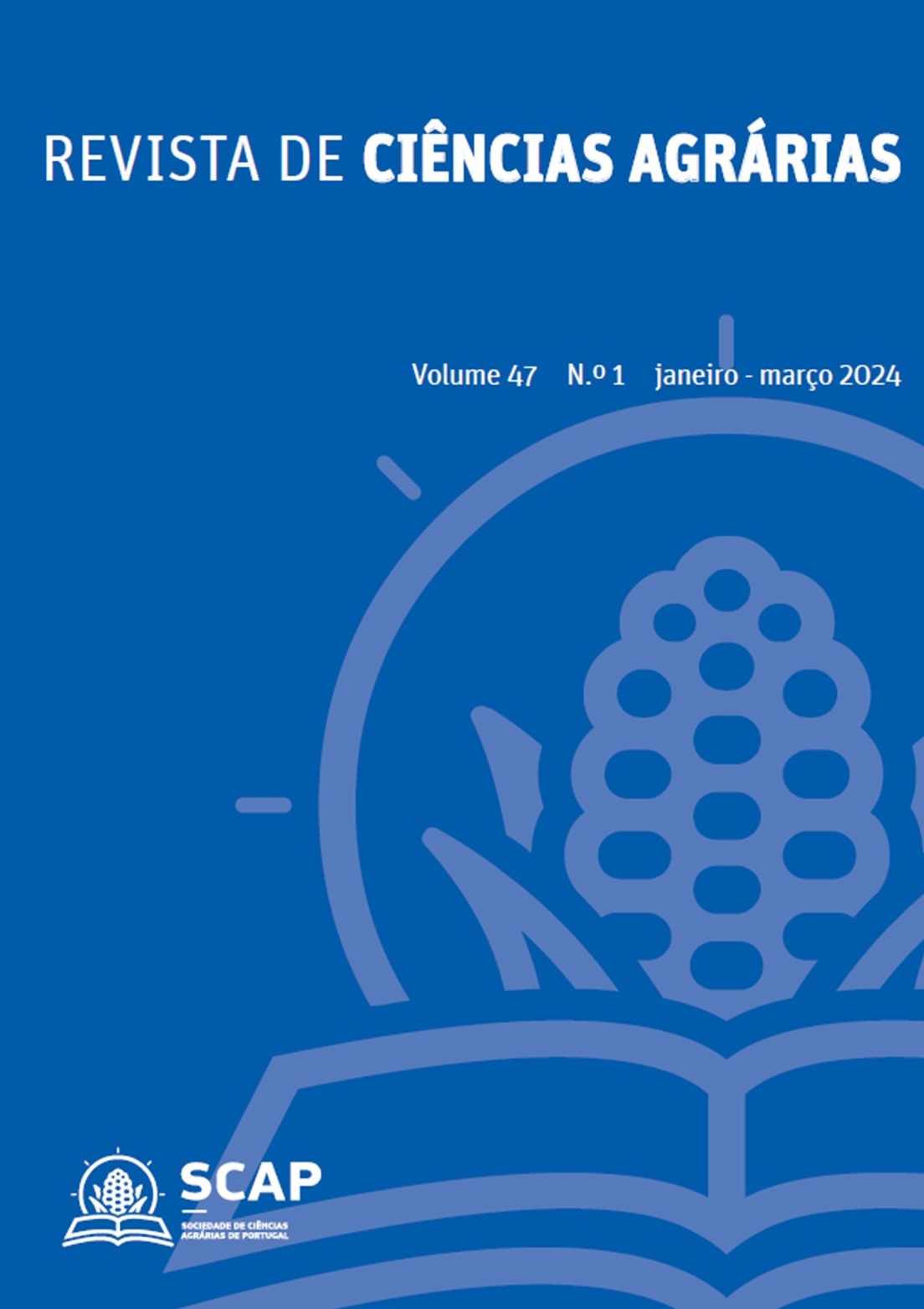First case in Europe of triple resistance to glyphosate, auxins and ALS-inhibitors in a population of Bassia scoparia
DOI:
https://doi.org/10.19084/rca.34989Abstract
Bassia scoparia is an annual plant of the Amaranthaceae family commonly found in regions of North America, Asia and Europe. It has developed resistance to several herbicide modes of action, including multiple resistance, making it difficult to control and requiring integrated management to address its problem. In 2022, seeds were collected from plants in a winter cereal field under no-tillage from Guissona (GUI-R) in Catalonia, survivors of successive treatments with auxin herbicides and ALS and EPSPS inhibitors. The sensitive reference population came from Aragon (A17-S), harvested in 2017. Dose-response assays were performed, on seedlings with four leaves (BBCH 14), two different herbicide modes of action and data collection 28 days after treatment. Values for R and S populations, respectively, were: glyphosate (HRAC 9) doses between 135 - 2,160 g a.e. ha-1 and 33.75 - 1,080 g a.e. ha-1, GR50 values of 255 and 129 a.e. ha-1, RF of 2 and LD50 of 389 and 1. 240 a.i. ha-1 and RF of 3.2 times; thifensulfuron (HRAC 2) 7.5 - 480 a.i. ha-1 and 0.24 - 7.5 a.i. ha-1, GR50 values of 480 and 3.9 a.i. ha-1, RF of 123 and LD50 undetermined due to high survival of the R population. Molecular studies are currently underway to elucidate the resistance mechanism involved and dose-response assays with three auxin herbicides (HRAC 4): 2,4-D, dicamba and MCPA.


